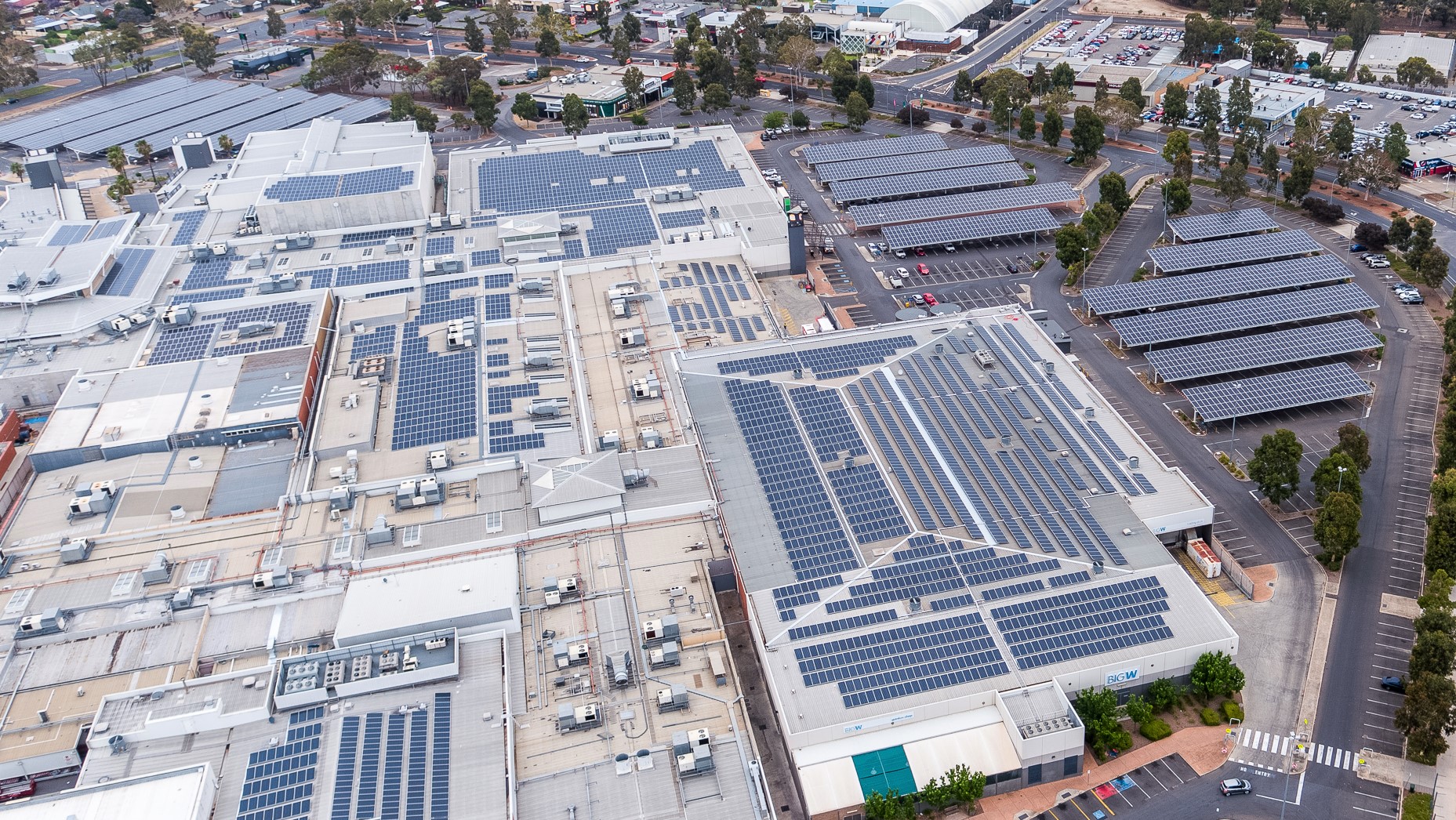Exploring Solar-Powered Solutions for Vehicles and Infrastructure
Harnessing Solar Energy for Sustainable Transportation: The Role of
Vehicle Solar Panels
In the pursuit of greener transportation
options, vehicle
solar panels have emerged as a promising technology. These panels,
typically mounted on the roof or hood of vehicles, capture sunlight and convert
it into electricity, supplementing the vehicle's power source and reducing
reliance on fossil fuels. As the automotive industry continues to prioritize
sustainability, the integration of solar panels into vehicles represents a
significant step forward in the quest for environmentally friendly
transportation solutions.
Empowering Electric Mobility: The Rise of Solar Charging Stations
Solar charging stations are at the forefront of the electric mobility revolution. These stations utilize photovoltaic panels to harness solar energy and convert it into electricity, which is then used to charge electric vehicles (EVs). By leveraging renewable energy sources, such as sunlight, solar charging stations offer a clean and sustainable alternative to traditional fossil fuel-powered vehicles. As the demand for EVs grows, so too does the need for infrastructure to support their charging needs, making solar charging stations an essential component of the transition to electric transportation.
Shaping Sustainable Urban Spaces: The Promise of Solar Carports
Solar carports combine the functionality of
traditional parking structures with the renewable energy generation
capabilities of solar panels. These structures, equipped with solar panels on
their roofs, not only provide shelter for parked vehicles but also generate
clean electricity from sunlight. By integrating solar
carports into urban environments, cities and communities can promote
sustainability while simultaneously addressing the growing need for parking
infrastructure. Solar carports exemplify the intersection of urban planning and
renewable energy solutions, offering a practical way to reduce carbon emissions
and combat climate change.
Integrating Sustainability into Urban Design: The Evolution of EV
Structures
EV structures represent a fusion of
architectural design and sustainable technology. These structures, often
incorporating solar panels into their construction, serve as charging hubs for
electric vehicles while also providing functional amenities such as parking and
shade. By integrating renewable energy solutions into urban infrastructure, EV
structures contribute to the reduction of greenhouse gas emissions and
promote the transition to clean transportation. As cities strive to become more
sustainable, EV structures offer a practical and visually appealing way to
support electric mobility.
Driving Towards a Cleaner Future: The Promise of EV Solar Charging
EV solar charging combines the benefits of
electric vehicles with the renewable energy of the sun. By installing solar
panels on rooftops, carports, or other structures, EV owners can charge their
vehicles using clean, sustainable energy. This approach not only reduces carbon
emissions but also lowers operating costs for electric vehicle owners, making
sustainable transportation more accessible and affordable. As the technology
continues to improve and adoption rates increase, EV
solar charging has the potential to play a significant role in reducing the
environmental impact of transportation.


Comments
Post a Comment